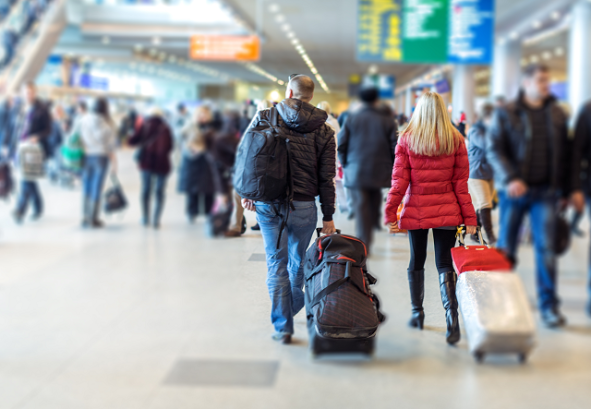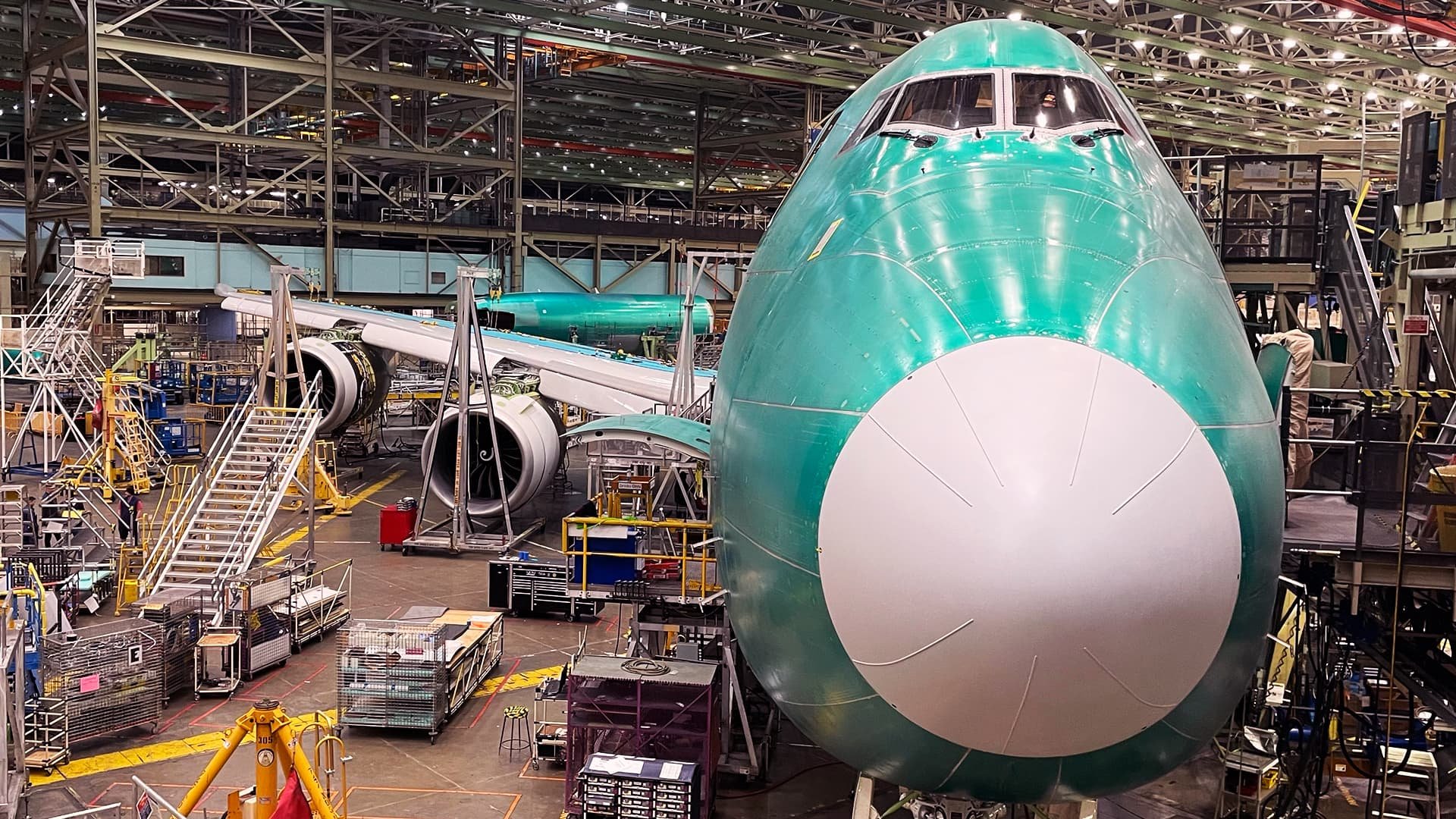787 speedtape Boeing applied for FAA certification to fix the 787’s paint peeling issues affecting the aircraft’s wings and horizontal stabilizer.The Boeing 787 Dreamliner has been suffering from paint peeling issues for some years due to ultraviolet radiation exposure;...

787 speedtape
Boeing applied for FAA certification to fix the 787’s paint peeling issues affecting the aircraft’s wings and horizontal stabilizer.
The Boeing 787 Dreamliner has been suffering from paint peeling issues for some years due to ultraviolet radiation exposure; until now, the fix has been to apply speed tape to the affected area and later re-paint the panel. However, many passengers have shared photos of these aircraft with the speed tape and have begun to raise concerns about the safety of these aircraft.
Boeing has now devised a plan to address this issue; they want to add a layer of ultraviolet-blocking black topcoat between the primer and white topcoat. Boeing filed for FAA approval yesterday. In the filing, they say that the use of speed tape does not affect the safety of the aircraft but that the public could perceive an unsafe condition when seeing tape on the wing surfaces. According to the company, they have been trying to solve the problem, and the main reason for the delay has been “several compliance deficiencies” they are now requesting an exemption be made to solve the issue quickly.

A350 paint peeling/cracking
Important to note is that the Airbus A350, also made from composite materials, has been suffering similar issues. In 2021 Qatar Airways filed a lawsuit against Airbus, saying that the paint peeling and cracks on the aircraft skin could potentially weaken the lightning protection on those jets; Airbus says that this problem is a generic but harmless problem that stems from the way paint and carbon interact.
Boeing has also applied for FAA approval on other design changes. These include adding cap seals over the nuts of specific 787 wing skin fasteners, saying that certain combinations could lead to ignition sources in the aircraft’s fuel tank.
While the Boeing and Airbus issues might seem similar, both manufacturers interpret them very differently. Boeing says its problems come from UV light exposure, while the Airbus-Qatar court case focuses on conditions within the multi-layered exterior affecting lighting protection.












